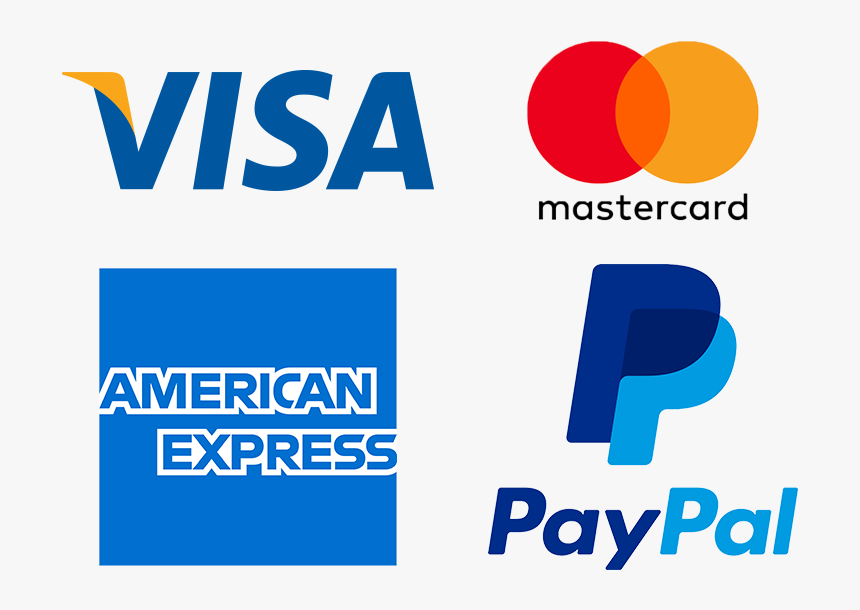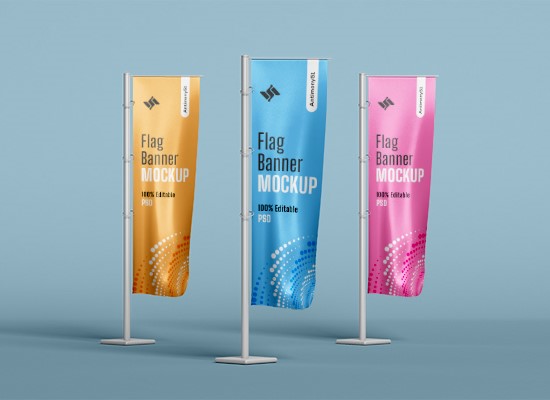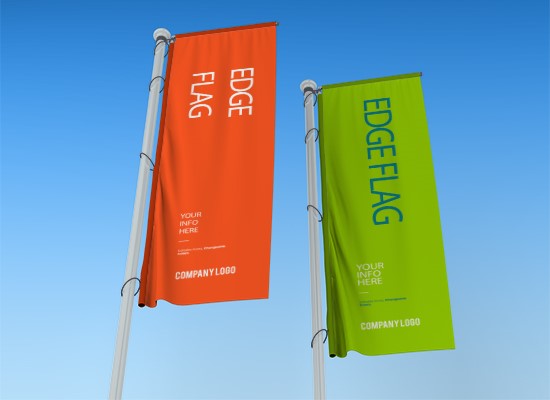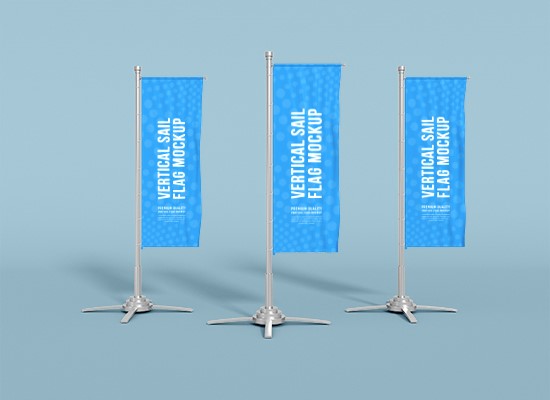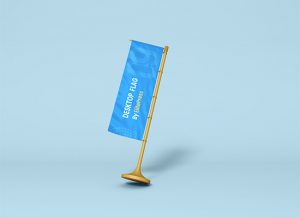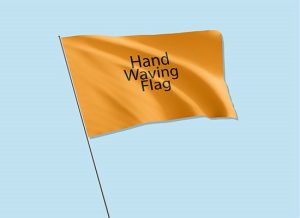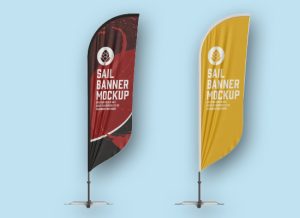Short Description
Edge Flags
Related Products
Additional Information
Enhance organization with Edge Flags—colorful, repositionable markers for easy indexing and quick reference in documents and files.
Edge Flags: A Comprehensive Guide
Introduction to Edge Flags
Edge flags, also known as edge markers or tab flags, are small adhesive or sewn fabric or paper strips that extend beyond the edge of a page, sheet, or textile, providing a visible marker for easy navigation or identification. Commonly used in books, documents, files, maps, textiles, and even in the packaging industry, edge flags serve both functional and aesthetic purposes.
These small markers make it easier to quickly locate specific sections within a larger collection of pages, fabrics, or components. From simple colored tabs to intricate, custom-designed edge flags, they are essential tools for organization, navigation, and communication. Flags come in various shapes, sizes, and materials, making them highly versatile for different applications.
What Are Edge Flags?
Edge flags are typically small, flat strips that protrude from the edges of paper, fabric, or other materials. They are often attached using adhesive, sewn into seams, or printed as part of a design. The primary function of an edge flag is to mark a specific location within a larger item, such as a book, document, fabric, or product, allowing users to quickly access information or sections of interest.
Edge flags are most commonly seen in:
- Books and documents: Where they act as quick-reference tabs.
- Textiles: As labels or markers for various production stages.
- Packaging: In product design or retail, often signaling quality or authenticity.
- Maps and technical diagrams: To highlight specific areas for quick identification.
These markers can be simple, single-color strips, or they can be highly customized with specific text, symbols, or branding. The design and functionality of flags vary significantly depending on their intended use.
Types of Edge Flags
Edge flags come in different types, designed for specific purposes. Some of the most common types include:
- Adhesive Edge Flags (Sticky Flags): These are small strips of paper or plastic with an adhesive backing that allows them to be easily attached and removed from paper surfaces without causing damage. They are commonly used in offices, libraries, and schools for indexing, bookmarking, or marking specific sections of a document or book.
- Fabric Edge Flags: Fabric edge flags are often sewn into garments, textiles, or other fabric-based materials. These flags serve as brand labels, care instructions, or size indicators. In some cases, they can be used for functional purposes, such as marking different production stages in textile manufacturing.
- Metal or Plastic Edge Flags: Durable and reusable, metal or plastic flags are used in more permanent settings, such as technical documents, construction plans, or maps. These flags are designed for long-term use and are often found in professional or industrial environments where durability is crucial.
- Printed Edge Flags: Some edge flags are printed as part of a larger design, often on paper, textiles, or packaging. These printed flags may include text, symbols, or logos, making them both functional and aesthetically appealing. Printed flags are often used in custom packaging or branding to draw attention to specific elements of a product.
- Magnetic Edge Flags: Magnetic edge flags are used in specialized environments where magnetic surfaces are common, such as whiteboards, metal binders, or shelving systems. These flags offer the flexibility of being moved or repositioned without losing their functionality.
- Removable Paper Flags: These are commonly used in offices, libraries, and homes for temporary marking of pages, often in books, notebooks, or important documents. They can be removed and repositioned without leaving residue, making them ideal for quick-reference purposes.
- Permanent Tab Flags: Unlike removable flags, permanent tab flags are often used in archival documents or technical binders where long-term marking is necessary. These are durable, sometimes laminated, and typically feature strong adhesive to ensure they remain in place over time.
- Customized Edge Flags: Companies or organizations often create custom flags for specific projects. These can include logos, brand colors, or other unique designs. Custom flags are especially common in high-end products, packaging, or corporate presentations where brand identity plays an important role.
Common Materials Used for Edge Flags
Edge flags are made from various materials depending on their function, durability requirements, and aesthetic goals. The choice of material influences the flexibility, longevity, and visual appeal of the edge flags. Some of the most common materials include:
- Paper: Paper flags are commonly used for office work, books, and temporary marking. They are often coated with an adhesive that allows easy removal without damaging the surface. Paper flags are widely used in schools, libraries, and offices for bookmarking, labeling, or indexing.
- Plastic: Plastic flags offer greater durability and longevity than paper flags. They are often used in environments where documents or materials are frequently handled. Plastic flags can be adhesive or non-adhesive and are available in various colors for easy categorization.
- Fabric: Fabric flags are typically found in the fashion industry or textile production. These flags can be sewn into seams or attached using other methods. They are durable, flexible, and often used for labeling garments, providing care instructions, or marking production steps.
- Metal: Metal flags are less common but are used in specialized environments where durability is key, such as in technical documents, engineering blueprints, or industrial settings. Metal flags are typically reusable and resistant to wear and tear.
- Vinyl: Vinyl flags are waterproof, flexible, and durable. They are commonly used in outdoor applications, packaging, or in situations where documents may be exposed to moisture or rough conditions. Vinyl flags can be printed on and used in both temporary and permanent marking systems.
- Magnetic Materials: Magnetic flags are used in specific environments where magnetic surfaces are present, such as in laboratories, whiteboards, or metal shelving. These flags are reusable, easy to reposition, and do not rely on adhesives, making them ideal for dynamic or temporary labeling needs.
Applications of Edge Flags
Edge flags have numerous applications across different industries and contexts. From office settings to textile production, edge flags play a crucial role in organizing, navigating, and marking important information or items.
- Books and Documents: Edge flags are extensively used in books, journals, and binders to help readers quickly locate specific sections. In offices, sticky flags are used to mark important parts of reports, contracts, or legal documents. In libraries, they serve as a tool for quick reference and indexing.
- Textile Industry: In the textile industry, flags are sewn into clothing and other fabric-based products for various purposes. These flags can provide brand information, care instructions, or size details. They may also serve functional purposes, such as marking different stages of the production process.
- Education: In educational settings, edge flags are used by students and educators alike for marking important sections in textbooks, highlighting key information in study materials, and organizing notes. The removable nature of many edge flags makes them ideal for temporary marking in research and study activities.
- Packaging and Branding: In the packaging industry, flags are used to add a premium touch to products. They can be designed with logos, promotional messages, or other branding elements, drawing attention to special features or serving as part of the overall packaging design. Edge flags in packaging can also be functional, providing information on opening instructions or product authenticity.
- Professional and Legal Documents: In legal, financial, and professional settings, flags are crucial for quickly identifying important sections within lengthy contracts, reports, or regulatory documents. The use of color-coded or custom-printed flags can help in organizing and navigating complex information.
- Maps and Blueprints: In technical fields like architecture, engineering, and geography, flags are used to mark specific locations on maps or blueprints. This can help in quickly identifying important landmarks, construction phases, or reference points without having to comb through the entire document.
- Creative and Art Projects: Artists and designers use flags for organizing visual elements, marking sections in sketchbooks, or segmenting areas of interest within design portfolios. The customization options allow for creative expression while maintaining organization.
- Event Planning: In event planning, flags are often used to organize guest lists, schedules, or logistics documents. They help in quickly navigating through large amounts of information, ensuring that event planners can easily manage important tasks or details.
Benefits of Using Edge Flags
Edge flags offer a range of benefits, depending on their application. Whether used for organization, branding, or navigation, these small markers have a big impact on efficiency, professionalism, and convenience.
- Improved Organization: Edge flags help users organize information by allowing them to mark, categorize, and navigate important sections quickly. This is especially valuable in settings where large volumes of information must be managed efficiently, such as in offices, libraries, or educational institutions.
- Time-Saving: By providing quick access to specific sections of a book, document, or map, edge flags save time. Users can avoid flipping through multiple pages to find the information they need, increasing productivity and efficiency.
- Customization: Many edge flags are customizable, allowing organizations to incorporate branding, logos, or specific information into the design. This makes them a versatile tool for promotional purposes, packaging, or special projects.
- Durability and Flexibility: Depending on the material, edge flags can be highly durable, ensuring that they stay intact even after repeated use. This is particularly important in settings where materials are frequently handled or exposed to wear and tear.
- Aesthetic Appeal: Custom edge flags, especially those used in packaging or branding, add a professional, polished look to products or documents. They enhance the visual appeal of an item while also serving a functional purpose.
- Reusability: Many edge flags, particularly those made from magnetic, metal, or plastic materials, are reusable. This makes them a cost-effective and environmentally friendly option for marking and organizing items over time.
Conclusion
Edge flags are small but essential tools used across a wide range of industries and applications. Whether used for organizing documents, enhancing packaging, marking textiles, or navigating technical maps, edge flags provide both functional and aesthetic benefits. Their versatility, customization options, and material variety make them an invaluable tool in modern organization, branding, and navigation systems.
Get Your Quote
My Account
About Us
Our Products
Contact
Follow Us On
We Accept
